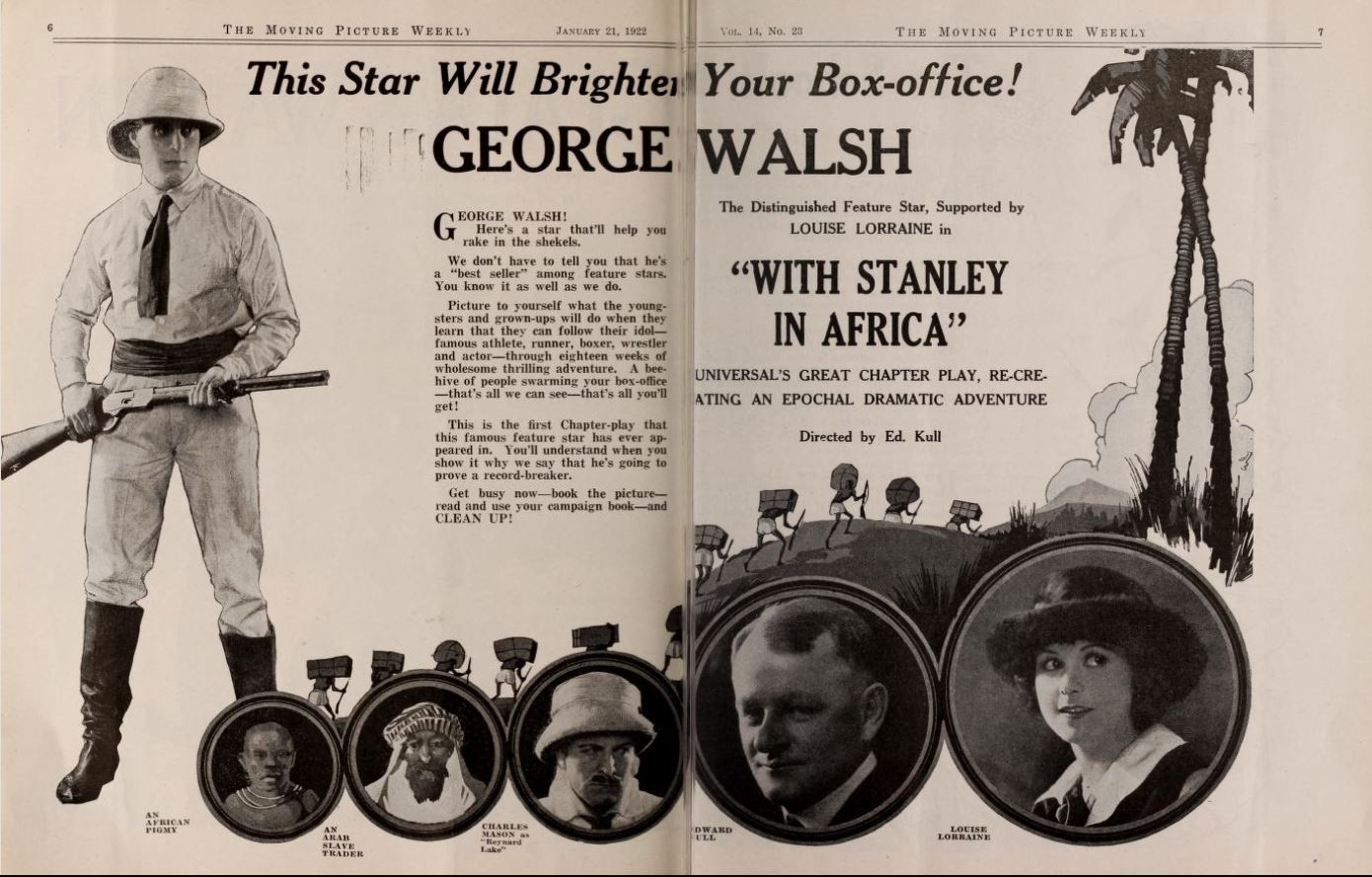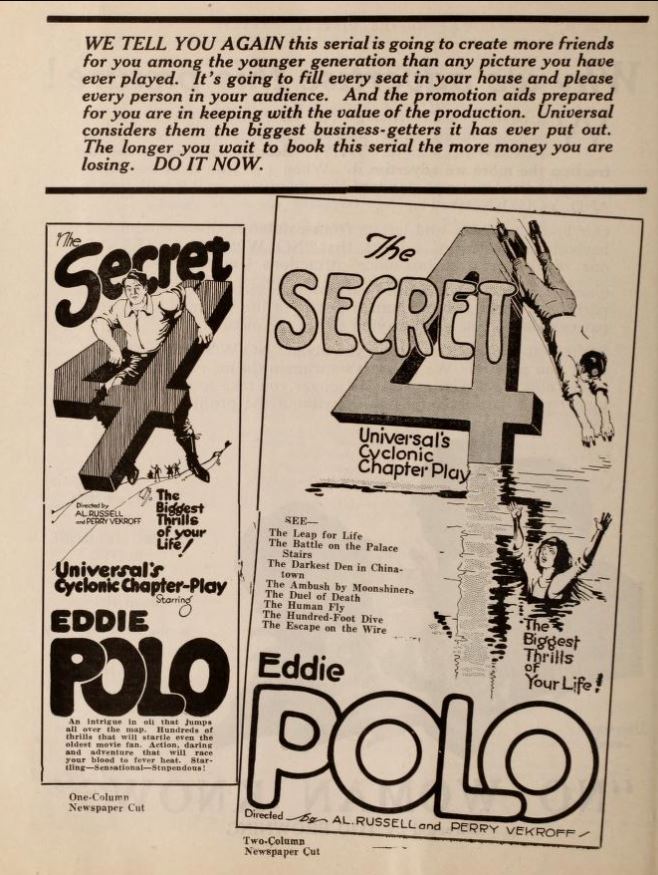ROOF CRASH BURIES KNICKERBOCKER THEATER
AUDIENCE; POLICE FEAR 50 DEAD, 100 INJURED
3 BODIES AND 15 INJURED
TAKEN FROM RUINS; POLICE
AND FIREMEN WORK IN SNOW
Infantry Summoned from Fort Myer to
Help Maintain Order, as Fifth
Alarm Reinforces Firemen
TWENTY AMBULANCES ON SCENE
Panic Follows Spread of News as Streets Are
Roped Off to Hold Back 10,000 Frantic
People -- Guards Ordered to Shoot
From 150 to 500 persons were entombed under tons of
snow and wreckage when the roof of Crandall's Knickerbocker
Theater, Eighteenth street and Columbia road, northwest,
collapsed at 9:10 o'clock last night.
Shortly before midnight fourteen injured persons had been
removed from the debris and estimates of the dead ranged from
fifty to 100. Police stated shortly after 10 o'clock that at least
100 were dead, but it was impossible to corroborate this.
Police Reserves Called.
Five alarms for fire were turned in in rapid succession. and police
reserves from all precincts were requisitioned to aid in the work of
rescue.
A crowd, estimated at from 3,000 to 10,000, lined all streets
adjacent to the theater and overwhelmed the first police arrivals. The
Seventy-first Company, Sixth Regiment of Marines, was placed on
guard duty at 11 o'clock with orders to shoot at the first sign of
disorder or rioting. Soldiers from Walter Reed Hospital also were
used to keep back the frantic crowds.
Within a few minutes after the weight of snow on the roof of the
theater caused the collapse, nearby physicians opened their homes to
accommodate the injured, many of whom were assisted out of the
wreckage by volunteer workers. Householders threw open their home
and provided blankets and wraps for the injured.
Shortly after the arrival of the police Columbia Road was roped
off from Biltmore street to Eighteenth street in the belief that the
north wall of the playhouse, which swayed perilously in the wind
would crash in on the wreckage.
Police and firemen, disregarding the menace of the swaying wall
worked in the piles of mortar, bricks and concrete to dig out the
dead and injured.
One of the first of the injured taken out wag a small boy, hardly
more than 12 years old. He was pinned from the waist down under
twisted wreckage hut retained consciousness. He was unable to
speak, however, and his name was not learned.
Ambulances from Emergency, Casualty, Sibley and George Washington
hospitals were pressed into service and several ambulances
from Walter Reed Hospital brought army surgeons and doctors to lend
aid.
Despite the blizzard, some of the escaped audience estimated that at
least 500 persons were in the theater. Others placed the audience as
high as 1,500. Police were inclined to accept the 500 estimates as nearer
the truth. None of the attaches of the theater could be located to give
official estimates of the number of tickets sold.
Rescuers were hampered by the swirling snow. Hundreds of jacks
were being used to lift the debris. Large portions of the fallen roof
remained Intact, making it necessary to dig with picks and crowbars
to get to those imprisoned underneath.
Two priests. the Rev. Thomas Walsh, of St. Thomas' Church and
the Rev. William Carroll, of St. Paul's Church, administered the last
rites of the Catholic church to the dying who could not be reached.
Kneeling in the snow and wreckage the two priests alternately prayed
and gave their strength in lifting beams from the injured.
Few Make Escape.
A small number managed to escape before the roof crashed. The
biggest part of the audience were well down in. front, and few were
able to take advantage of the momentary warning given by the roofs
supports when they gave way.
The first body to be taken from the ruins was that of Mrs. B. A.
Covell, 52. The next victim was a 10-year-old child. The child was
crushed and believed fatally hurt.
The roof first began to give sway from the balcony. It swung down,
almost touching the heads of the frightened patrons, seemed to
hesitate a moment in its deadly drop, then buckled and fell on top of the
orchestra seats.
Men and women screamed and tried to jump from their seats, but
the falling roof caught most of them. Then, as the sound of crashing and
wrenching timbers and girders died away, a stunned silence fell over the
scene.
Several persons passing on the street came running toward the
theater when they heard the noise of the crash. Soon the smothered
moans and shrieks of the injured could be heard coming from under
the wreckage.
Two children, Francis and Jack Duncan, 15 to 12 years old,
respectively, who had gone to the movie theater without their parents, are
believed under the wreckage.
The theater is of brick, has a capacity of 2,000, and was constructed
in 1919. Fire apparatus was kept in preparation to act
quickly at the first sign of fire, but the fireproof construction tended to
minimize this danger.
Troops Rushed to Scene.
Company K of the sixty-fourth Infantry, Fort Myer, reached the
theater at 10:45, having made the trip by motor. They used
ambulances in rushing troops to the scene and these vehicles
were pressed into service to carry the injured to the hospitals.
Officials of Walter Reed hospitals sent about twenty ambulances.
When news of the calamity spread over downtown Washington, there was a rush of anxious
relatives to the District Building to inquire for more definite information.
But they could not reach the District Building by telephone
for twenty-five minutes after the roof crashed, owing to the number
of messages from the vicinity of the theater for "help."
Immediately after the crash, police communicated with the other
amusement places and warned the managements of danger and
informed them of the Knickerbocker Theater accident, several
playhouses shortened their shows.
Theater Without Pillars.
The Knickerbocker Theater was constructed on the plan of the
"modern" theater style without pillars to block the view of the
audience from any part of the house. Steel trestle supported the roof and
walls of the building which was built of concrete under fireproof
plans.
It is said that the seating capacity was in the neighborhood of
1,500. being the largest "residence" theater in the District. The
playhouse had a balcony that seated about 500. When the roof crashed
in the balcony fell under the extra weight, hurling the people to the
first door.
A staff of about 30 employes operated the theater.
At 11:30 o'clock The Herald was appealed to for assistance in getting
hack-saw blades and acetylene torches to clear away the steel girders. The
railway companies and the War Department were appealed to. The first
torch was rushed to the scene by Augustus Forsberg, of Eighth and
Water streets southwest, upon being appealed to by The Herald.
Dr. J. L. Thompson. 1735 Twentieth street northwest, reported before
midnight that scores are still pinned beneath the debris, many of
whom are conscious and directing their own rescue. He was one of
the first physicians to reach the theater.
One of the first problems faced by the rescuers was to get water to
the injured. This was done about an hour and a half after the roof
crushed in, carrying the balcony with it.





















































